146 Photographers, One Book: Putting Together a Massive Photo Project
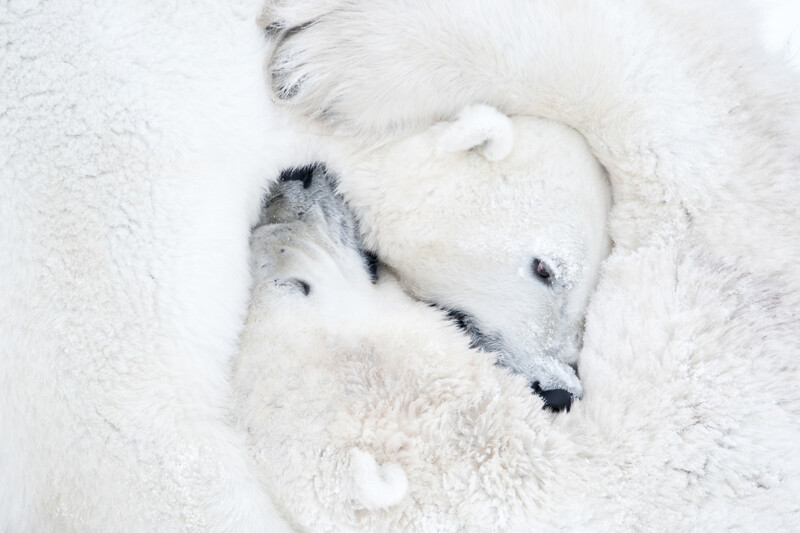
A recent email from a photographer friend congratulated me on successfully navigating’ a “minefield” and walking “a very tricky tightrope.” These sound like dramatic ways to describe the production of a book. But, it’s true that creating The New Big 5 has been a massive challenge — a two-year task that involved working with hundreds of photographers, conservationists and wildlife experts, and tens of thousands of images, balancing the personalities and requirements of people and organizations with my central idea and mission for the book.
It’s been a long road… I first had the idea for a New Big 5 more than a decade ago. The original “Big 5” is an old term used by colonial-era hunters in Africa for the most prized and dangerous animals to shoot and kill: elephant, rhino, leopard, Cape buffalo and lion. I was on assignment in Botswana years ago and heard the word ‘shooting’, for taking pictures, which sparked something. I spent a lot of time thinking about how outdated trophy hunting is and how wildlife photography is far more meaningful to people around the world these days. I thought it would cool for a Big 5 of Wildlife Photography, rather than hunting, to exist – shooting with a camera, not a gun.
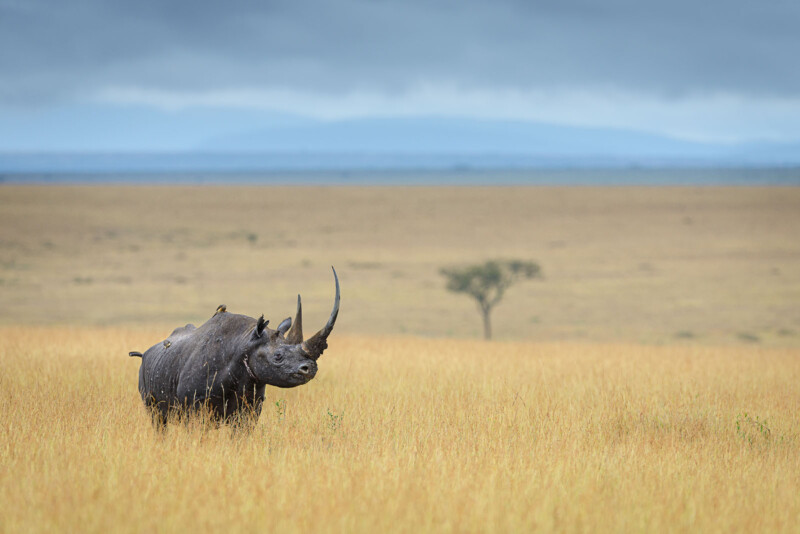
In 2019, I started working on the project. Not just a cool idea, I wanted to use the project to generate interest in serious wildlife issues, like habitat loss, poaching, the illegal wildlife trade, and climate change. A friend built the New Big 5 website and I started reaching out to photographers, conservationists, and wildlife charities. Ami Vitale and Art Wolfe were the first two photographers I talked to. They liked the idea and offered their support, as did others, including conservationists such as Jane Goodall, Paula Kahumbu (Wildlife Direct), and Iain Douglas-Hamilton (Save The Elephants). I spent months working on articles, interviews, photo galleries, education packs, and a series of podcasts for the website, with people like Brent Stirton, Nick Brandt, and Marina Cano, talking about wildlife, photography, and conservation.
I launched the website and global vote to decide a New Big 5 in May 2020. It was a massive commitment – around two to three years of work overall. I got a bit of funding for the project later on, but mostly I was working in my own time, unpaid. It was hard trying to balance the project with making a living.
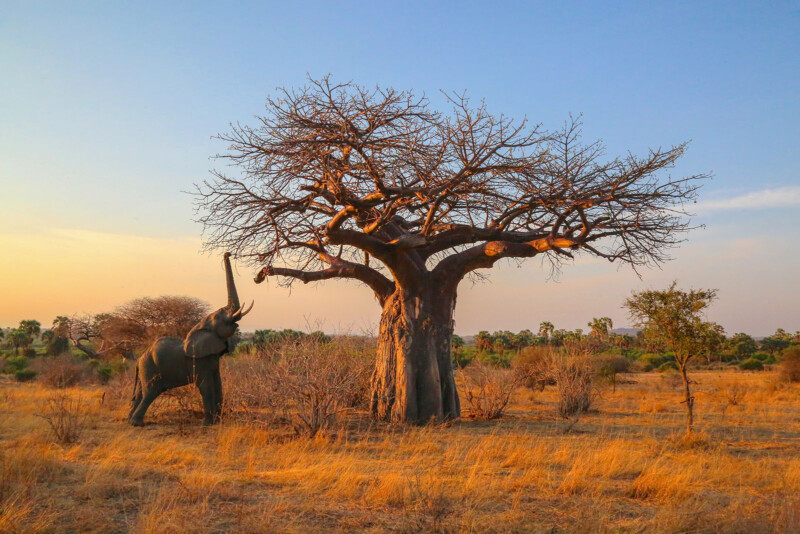
We announced the results in May 2021. The New Big 5 species are elephant, polar bear, gorilla, lion and tiger – five iconic species, but each one facing serious threats to their existence, ambassadors for the many other species, from insects to marine giants, also at risk of extinction.
It was always my hope to produce a New Big 5 book. I contacted publishers with the idea — several got in touch, keen to work together. I chose to work with Earth Aware Editions, as it felt like the best fit to achieve what I wanted to with the book.
Like a lot of photographers, I’m happy to be behind the camera. In most situations, I’m invisible, unseen, working on taking photos and writing articles. I’ve never been the kind of person eager to put myself front and center in a project, or to go around ‘bothering’ people for favors or support. That made working on the New Big 5 project and book a strange experience, as I’ve now spent around five years reaching out to people, asking them to come on board. But, encouragingly, 99% of the people I’ve contacted said, “Yes”.
Many of the photographers who supported the project were happy to be involved with the book, including many photographers whose work I’ve long admired: Ami Vitale, Art Wolfe, Marsel van Oosten, Paul Nicklen… 10 years ago, I’d have never expected to be putting together a book featuring work from Steve McCurry, but, despite the fact he’s better known for pictures of people, there’s a beautiful mountain gorilla of his in the book.
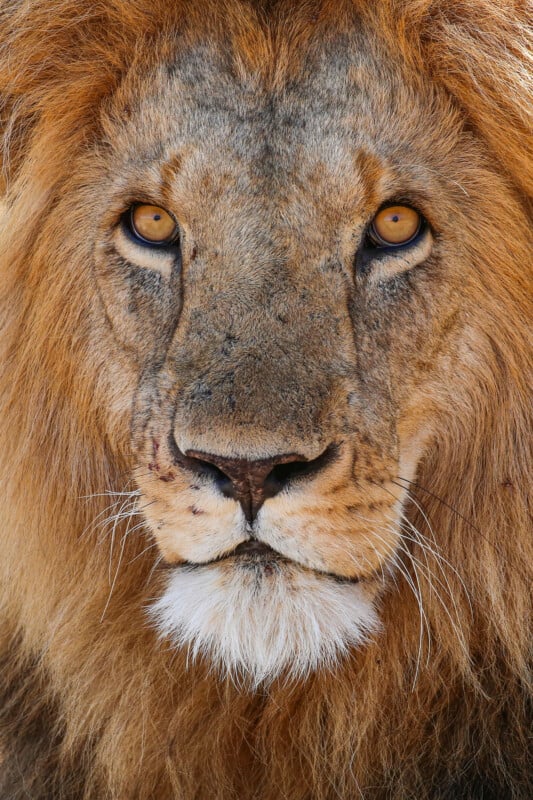
The finished book includes one of the most impressive sets of world-class photographers I’ve seen in any book or exhibition, including those above and Thomas Mangelsen, Karine Aigner, Frans Lanting, Brian Skerry, Beverly Joubert, Gurcharan Roopra, Cristina Mittermeier, Lucas Bustamante, Suzi Eszterhas, Gael R. Vande weghe, Daisy Gilardini, Steve Winter, Qiang Zhang, Marina Cano, Dhritiman Mukherjee, Shannon Wild, Will Burrard-Lucas, David Lloyd, Jonathan and Angela Scott, Thomas Vijayan, Mark Edward Harris, Tony Wu, and many more.
I’ve been asked a few times how I managed to persuade such a vast collective of great photographers to be part of the project and book. It starts with asking. So many photographers love wildlife and nature, and want to see it protected – which means many of them are happy to be part of a project working towards that goal. It helps if your aims are sincere – I wanted to use the project and book to try to make a difference. Clear communication is also important, making sure people understand what you’re trying to achieve. I always explained my goal was to use the New Big 5 idea and great photography to raise awareness about urgent issues facing creatures from land, sea and sky. People are ready to support a good idea if you communicate it clearly and if they believe in what you’re doing.
I’ve given my own help to other people’s projects in the same way. I’ve contributed photos and time to fundraising print sales, including Prints for Wildlife, Prints for Nature, and Vital Impacts, which have raised millions of dollars for wildlife organizations, including African Parks, Big Life International, SeaLegacy, and Jane Goodall’s Roots & Shoots. Everyone has busy lives and everyone is trying to make a living in difficult times. But most people, myself included, are keen to help when and where they can, and to contribute to trying to make a difference.
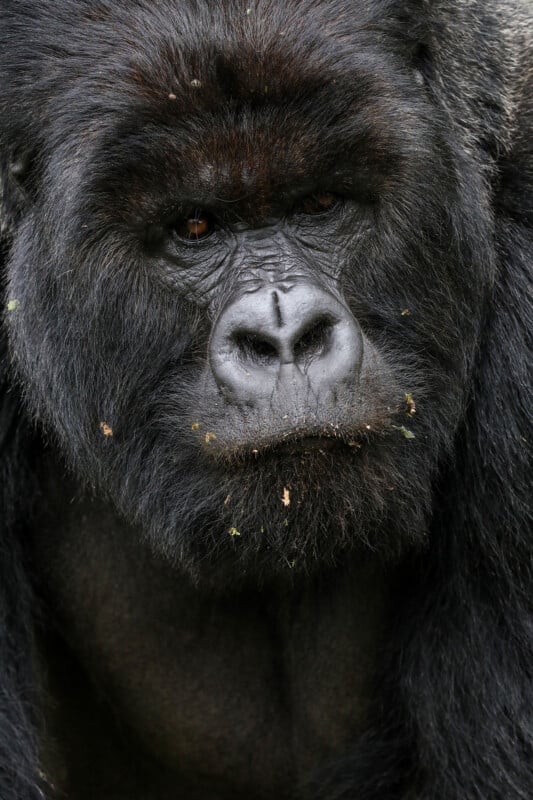
Sometimes a bit of persistence was required. Photographers are often away on assignments for weeks or months, so, with some people I was keen to include, I sent a few emails and follow-ups. But the response was usually positive. Only a few people I reached out to declined or failed to reply.
I’ve always treated every person with respect, regardless of who they are, and that’s also important – never taking a photographer or their work for granted. We paid the photographers in the book for their photos, as photographers should get paid for their work, though fees were less than they’d usually receive for their images – the main motivating factor seemed to be their support for the project, rather than money.
It also helped that the project had received global attention. It was a positive initiative that ran through the dark days of the pandemic. A lot of photographers contacted me, wanting to get involved. A lot of this I put down to the fact that it was simply a good idea.
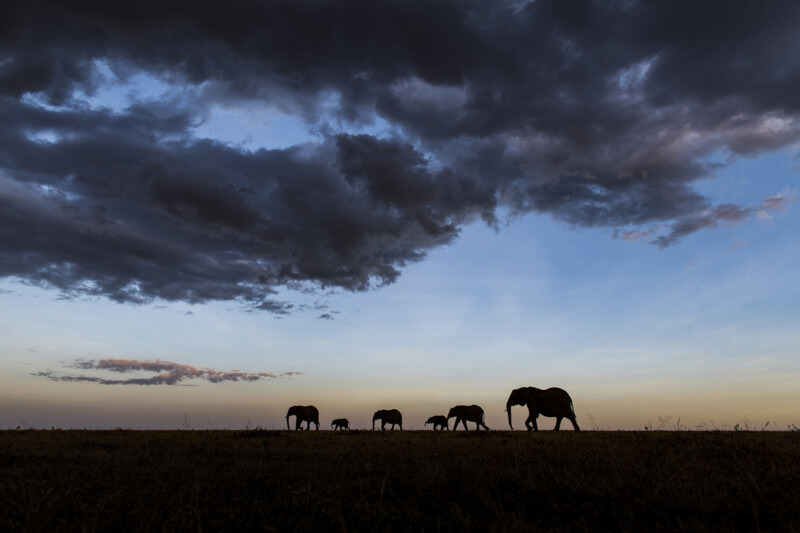
The book has taken around two years of work. At least 16,000 photos were submitted. It’s been a huge organizational and logistical task, working through weekends and late nights, downloading and sorting images, looking through picture after picture. I responded to every photographer who got in contact, regardless of whether we featured their work in the book in the end. The book contains the work of 146 photographers, but I spoke with hundreds more and tried to give everyone’s work a fair look. The fact people were sending me their images wasn’t something I took for granted. I also scoured through Instagram accounts and websites, looking for a specific species or type of photo.
People ask how I was able to get so many photographers involved, but I could’ve filled dozens of books, not just one, so great was the volume of incredible images. The book really is just tip of the iceberg not just of remarkable wildlife photography, but just how many at-risk species there are around the world. The number of endangered species could fill libraries. Looking through the photos in the book is a really powerful reminder of the beauty and diversity of the natural world, and what we stand to lose if we don’t take urgent action to protect wildlife and the planet.
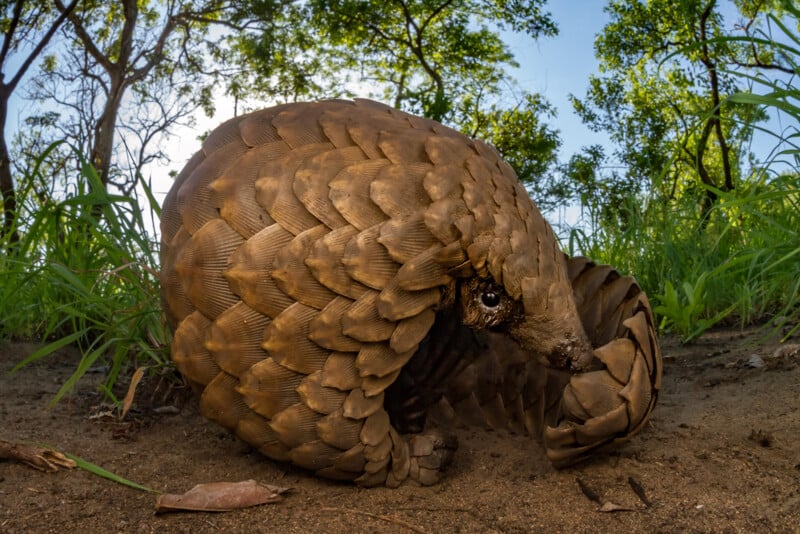
My priority with the book was that every photo had to justify its place – it had to be an outstanding photo. But there was also a balancing act, making sure there weren’t similar photos, that there weren’t too many portraits or too many aerials, making sure that a diverse range of species were included, not just iconic animals, like rhinos, giraffes and whales to little-known frogs, fish and insects, and that the chapters worked as a whole, the images working together
We put strict rules in place. Every photographer signed a contract to say their photos represented reality, and that that they hadn’t used baiting or any behaviour that could cause stress or harm to the animals. We only included species listed by the International Union for Conservation of Nature (IUCN) as Critically Endangered, Endangered, or Vulnerable, or similar in-country assessments, which also created challenges. There are many worthy species that haven’t yet been assessed yet and many fantastic photos we had to cut as they fell outside our restrictions.
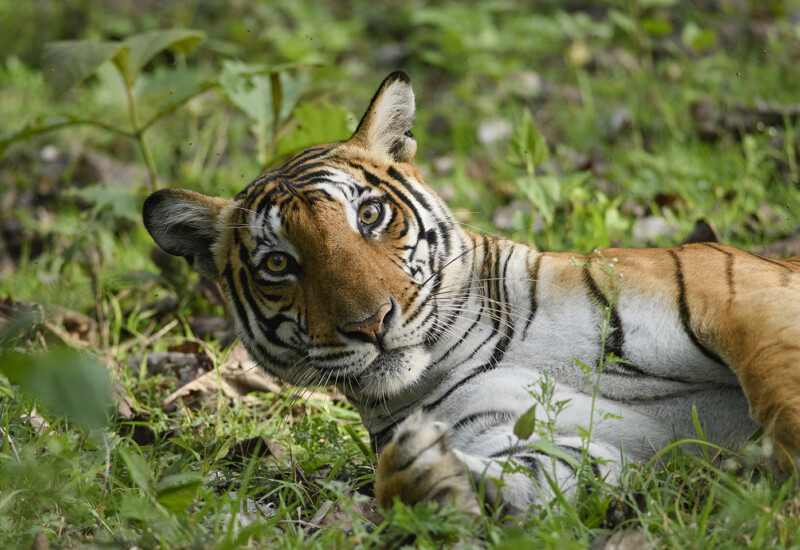
Some discussions with photographers came to dead ends. They had fantastic photos, but we couldn’t quite find the right fit. The process meant tough calls, boiling everything down to the 226 photos in the book. I had to remove pictures by talented photographers who I wanted to include, and to take out photos of species I desperately wanted to highlight. This is all part of the ‘tightrope walk’. One of the most unpleasant parts of the process was telling photographers, who’d been enthusiastic about the project and keen to be included, that we couldn’t feature their work.
One thing I set out to do with the project and book was to showcase outstanding work from photographers from around the world. Everyone knows the wildlife photography industry has been dominated for decades by white, male photographers. This is also a serious historic problem with wildlife documentaries, film-making, cameramen, wildlife TV presenters and conservation itself. People like Kenyan conservationist Paula Kahumbu (CEO of Wildlife Direct), who wrote the foreword for the book, are changing that narrative – as well as working to protect nature, she hosts Wildlife Warriors, a groundbreaking TV series produced with an African crew that focuses on black African communities and conservation leaders.
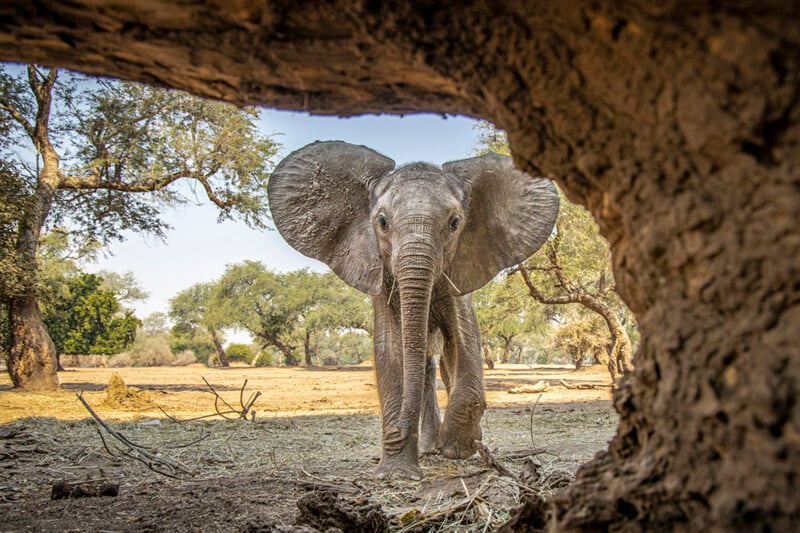
I didn’t personally want to put out another book or project that perpetuated the idea that wildlife photography is a white, male domain. Before launching the project, I spent several months reaching out to photographers, wildlife charities, photography organizations, photo festivals, and scouring through Instagram to find photographers of different backgrounds and races from across Africa and around the world, rather than just including the ‘usual faces’. For the book, I spent many more months doing online research and talking to people to find non-white wildlife photographers to work with for the book.
I wish I’d been able to go further – I hope to in future projects. But I’m glad that the book includes so many female photographers and many black, African, Asian and Latin American photographers. The images in the book represent photographers from more than 30 countries, including Botswana, Kuwait, Mexico, Japan, Ecuador, India, Kenya, Brazil, and China. The book and project are both far more powerful for the fact it’s drawn on the best creative people from around the world, rather than excluding some people.

I wanted to try to be part of the solution. I think when other people look at the book and all the photographers in it, it would be hard for them to create their own books and projects with almost exclusively white male photographers and still make the excuse that it’s because “there aren’t many great female or non-white photographers out there”, as this book clearly demonstrates that isn’t the case. There’s outstanding talent all over the world.
I worked in the same way with conservationists and experts in the book, including essays by Anish Andheria (Wildlife Conservation Trust) and Dominique Gonçalves (Gorongosa National Park), and interviews with people like the indigenous Amazon campaigner Nemonte Nenquimo (Amazon Frontlines) and Daniel Sopia (Maasai Mara Wildlife Conservancies Association). There is still a huge imbalance in photography, film-making, and conservation. But I think the era of wildlife, photography and conservation being so dominated by white men is coming to an end, and for good reason: not having women or people of different races or nationalities involved isn’t just wrong, but it’s also counter-productive. It isn’t good for photography or for wildlife conservation.
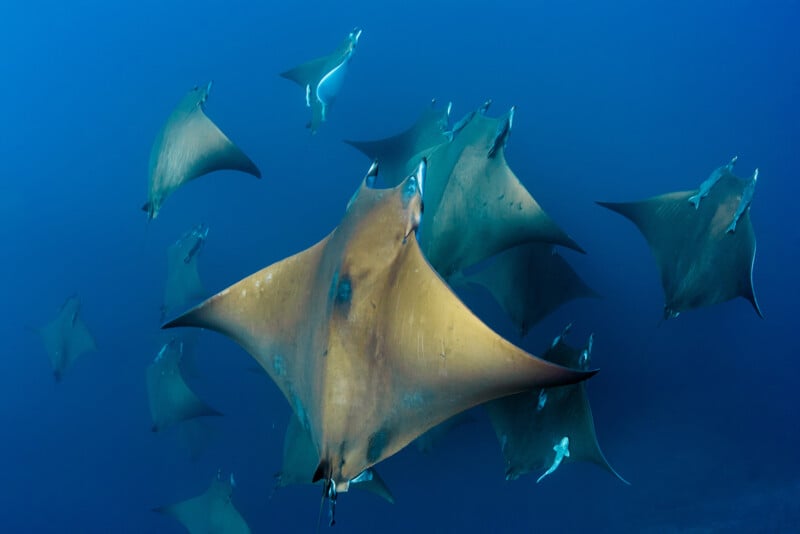
Any project dealing with so many people also means there have been personality issues, including one or two difficult conversations and unpleasant moments I’ll be glad to leave behind. You can’t please everyone. Not everyone appreciates your intentions. There can be differences of opinions and misunderstandings. We live in a world where people like to attack or criticize, jump to conclusions, or get their facts confused.
Overall, though, working on the book has been a positive experience. I’ve become friends with photographers from all over the world. It’s been a learning experience studying the work of so many photographers, an education I’ll hopefully be able to apply to my own photography. It’s also been encouraging to have created a project that has a feeling of community and a shared mission that people believe in. Action is urgently needed on wildlife issues, and the main takeaway message for me from working on the book is that there are many positive, talented, inspirational people around the world who are ready to collaborate and give their help if you ask for it.
The New Big 5: A Global Photography Project For Endangered Wildlife by Graeme Green is out now (Earth Aware Editions; $75.00 / £62), available at InsightEditions.com, Bookshop.org, and Amazon, with a foreword by Paula Kahumbu and an afterword by Jane Goodall.
For more on the New Big 5 project, see www.newbig5.com and follow on Instagram at newbig5project. Graeme Green is a journalist, photographer, and author. See more of his work on graeme-green.com and follow him on Instagram.